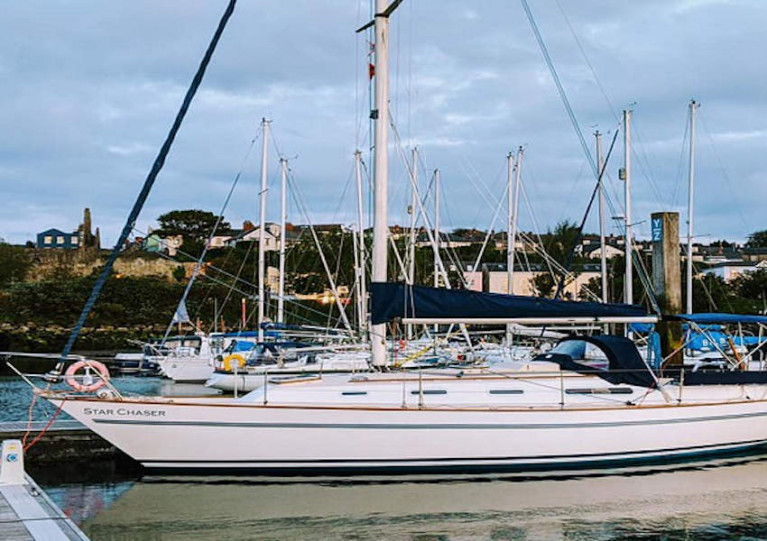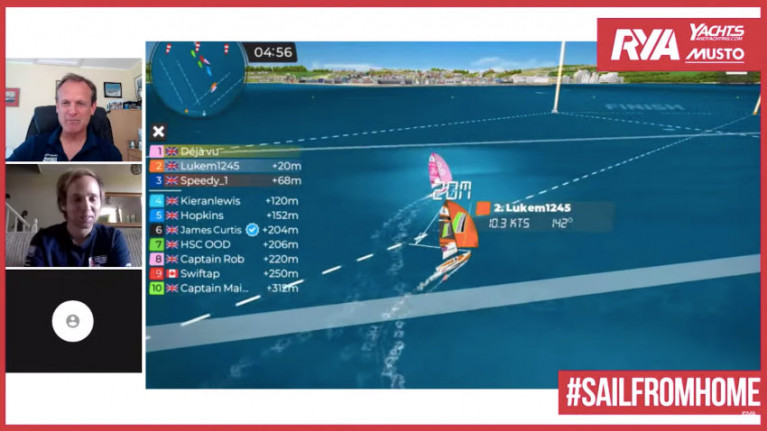Displaying items by tag: Newcastle Yacht Club
How One Northern Ireland Sailor Kept His Spirits Up During Lockdown
Since his return to sailing with the lifting of coronavirus restrictions in Northern Ireland, Newcastle Yacht Club dinghy racer Marc Miskelly tells RYANI how he kept up a positive attitude during the lockdown months.
Miskelly — who also sails a Sadler 34, Star Chaser, out of Quoile Yacht Club — has just come out of a winter spent refitting his yacht when restrictions were put in place.
“I had two boats fully prepared very early, ready for the season, however with lockdown [they] were going nowhere,” he says of the time.
On top of that, Miskelly found himself furloughed from his job for up to 10 weeks — but resolved to keep himself busy with DIY jobs around the house, improving his personal fitness and even eSailing through his local club.
The call of the sea was never far from his mind, however, especially in May when he was supposed to have been cruising the Scottish islands in Star Chaser.
But since July he’s been making up for lost time, starting with cruising the East Coast of Ireland and hopefully embarking on that long-awaited jaunt around Scotland before autumn sets in.
Newcastle Yacht Club’s Luke McIlwaine has claimed fifth spot in the RYA eSailing Spring Club Championship after battling it out against nine other competitors.
The other sailors came from right across the regional and home countries. Instead of taking to the water, this time they logged on to compete against their fellow racers virtually, in a series of five races with two discards.
With live commentary from Yachts & Yachting’s Mark Jardine and RYA Pathway coach Johnny McGovern, who himself competed in the eSailing Lockdown Cup and was part of the winning ‘Splashes’ team, racing was extremely tight throughout the championship final.
A total of 2,932 sailors, from 178 different clubs from across the RYA regions and the home countries, took part in the RYA eSailing Spring Club Championship, competing in club and regional championships before whittling down to just 10 finalists.
McIlwaine earned his spot in the final with his win in the Northern Ireland regional event last month.
RYA Northern Ireland’s chief operating officer Richard Honeyford said: “eSailing has been a fantastic way for our sailors to keep in touch and continue developing their race skills over the last few months while we were unable to get out on the water.
“Luke put in an impressive performance and we are delighted with his success.”
If you missed the action, you can still catch it on the RYA YouTube channel.
Next on the RYA’s eSailing calendar is the Spring Class Championship. For more visit www.rya.org.uk/go/esailing
Newcastle Yacht Club
Newcastle Yacht Club, South Promenade, Newcastle, Co. Down BT33 0EY, N. Ireland. Tel: +44 (0)28 4372 6515
Have we got your club details? Click here to get involved
























